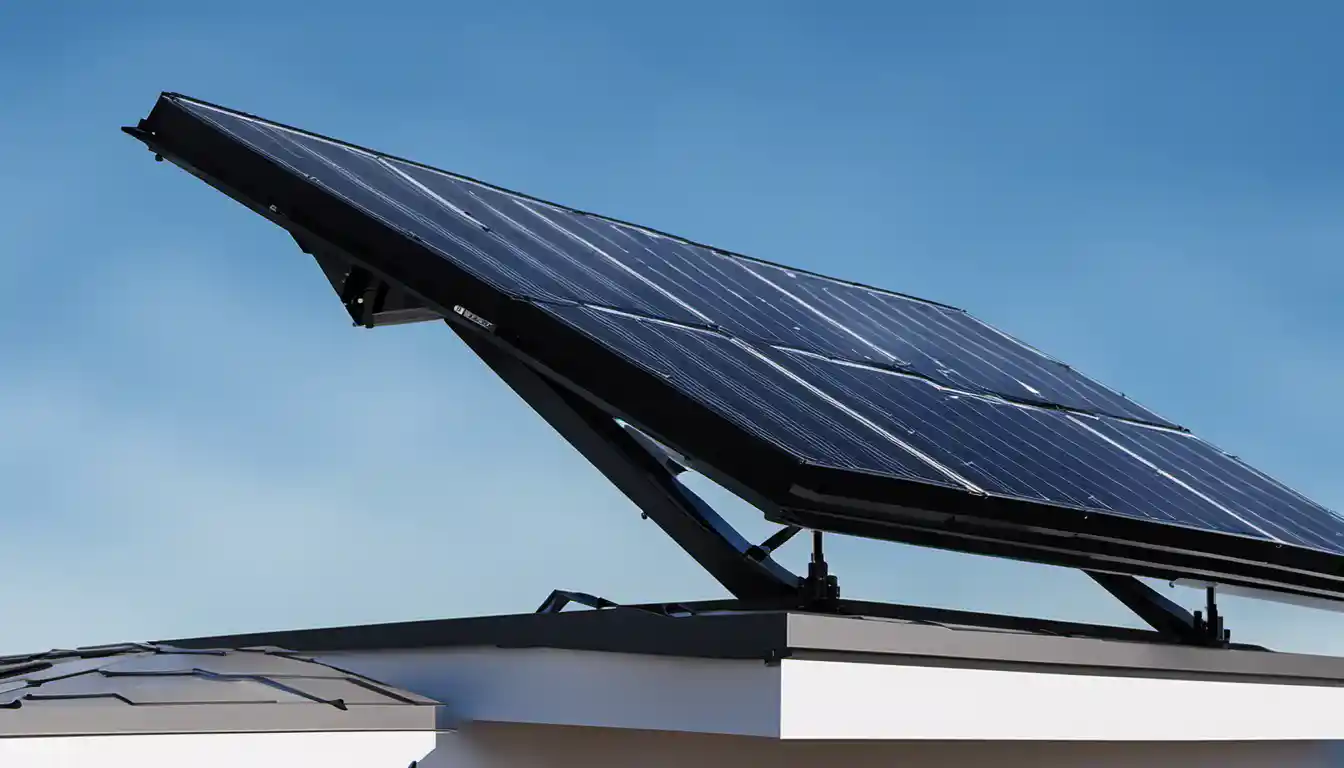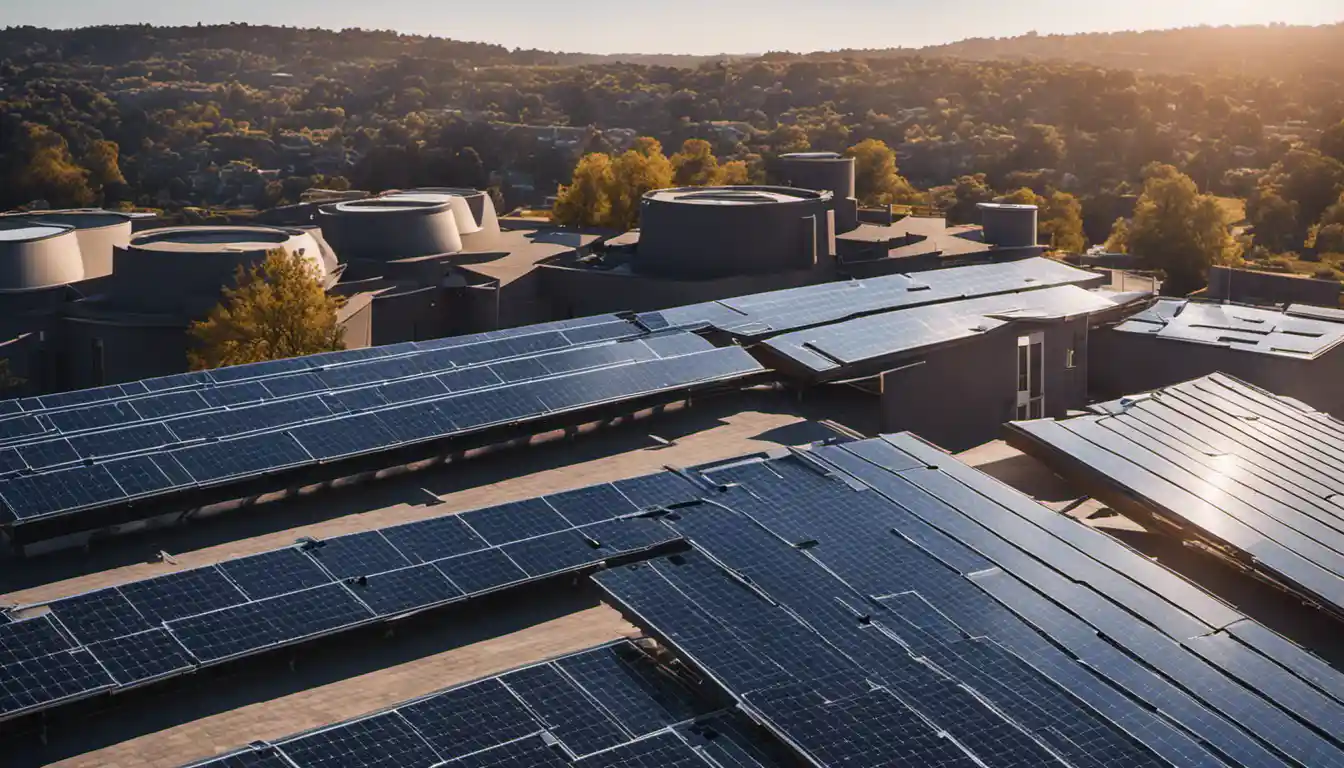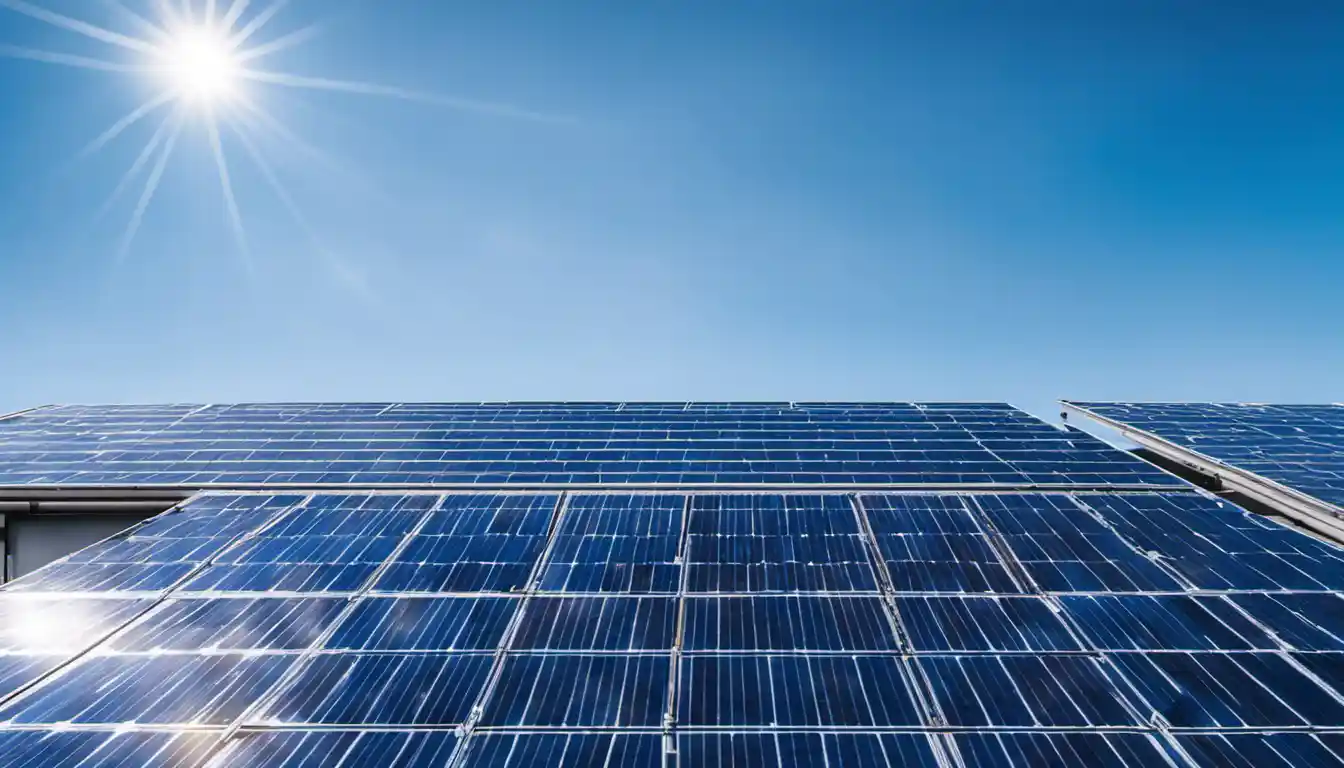Overview of Solar Heating and Cooling
Solar heating systems can be divided mainly into two types: active solar heating and passive solar heating. Active solar heating uses mechanical and electrical equipment to enhance the conversion of solar energy into heat, while passive solar heating involves designing buildings to take advantage of solar orientation, selecting materials with favorable thermal mass or light-dispersing properties, and designing spaces that naturally circulate air.
Concepts and Principles
Solar heating technologies capture, convert, and distribute solar energy in the form of heat. They absorb the sun’s radiation, convert it to heat, and transfer that heat to an area where it can be used, such as in heating your home’s air or water.
Solar Thermal Technologies
Unglazed Solar Collectors
Unglazed solar collectors are typically used for low-temperature, pool-heating applications. They consist of a thin black plastic, metal or rubber matting which is exposed to the sun. These robust devices capture the large amounts of free heat provided by the sun, heating your pool in the process.
Flat-Plate Solar Collectors

Flat-plate collectors have an insulated, weatherproofed box containing a dark absorber plate under a cover of one or more transparent or translucent layers. They are incredibly efficient for most climates and are usually used for space heating and domestic hot water heating.
Evacuated Tube Solar Collectors
Evacuated tube solar collectors, most commonly used in commercial applications, consist of a series of parallel, transparent tubes each containing an absorber tube. These absorber tubes are placed within a larger, clear tube under a vacuum, which significantly increases their efficiency by reducing heat loss.
Concentrating Solar Systems
Concentrating solar systems, also known as solar thermal power systems, use mirrors or lenses to concentrate a large area of sunlight onto a small absorber. The heat is then transferred to a fluid or absorbed by a solid, and used to generate electricity through a turbine or heat engine.
Solar Water Heaters
Let’s delve into one practical use of solar heat in your home: heating water. On our “”/what-is-solar-heating” page, we give an in-depth overview of how the sun’s energy can be harnessed to provide hot water for your household, reducing electricity costs and environmental impact.
How They Work

Solar water heaters use solar panels, called collectors, fitted to your roof. There are two main types: flat-plate and evacuated-tube solar collectors. These collectors absorb the sun’s rays and use them to heat water stored in a cylinder.
Active Solar Water Heating Systems
With active systems, pumps and controllers move heat-transfer fluids around the system. They can operate automatically, turning on when solar heat is available and off when it’s not.
Passive Solar Water Heating Systems
Passive systems, on the other hand, use natural convection to circulate water between the solar collector and storage tank. With no moving parts, they often require less maintenance and can be more reliable.
Storage Tanks and Solar Collectors
Solar water heating systems often include storage tanks and solar collectors. There are two types of storage tanks: one with and one without heat exchangers. The tanks with heat exchangers are usually used in active solar water heating systems, while those without are typically used in passive solar water heating systems.
Selecting a Solar Water Heater

When choosing a solar water heater for your home, you should consider your average household hot water consumption, the size of the solar collector required, the available solar resource at your location, and your budget.
Installing and Maintaining the System
Professional installation and routine maintenance of your solar water heating system can optimize its performance and prolong the life of the components.
Improving Energy Efficiency
Improving your home’s overall energy efficiency can increase the effectiveness of your solar heating and cooling techniques. Consider adding insulation, weatherizing your home, and using energy-efficient appliances and lighting.
Other Water Heater Options
While solar water heaters can provide most of a household’s hot water needs, back-up systems may be needed for days with little sunlight. Natural gas, propane, and electric heaters can all serve as a back-up system.
Conclusion
Solar heating types have transformed how we utilize and save energy at home. Whether you are looking to decrease your electricity bill, reduce your carbon footprint, or invest in sustainable technology, the generous sun has an endless heat supply – and it’s free! From heating our pools to warming our showers, solar heating has extensive applications that are not only good for our planet but our pockets too. Next time you find yourself basking under the sun, remember, each ray that hits the earth screams potential – potential that could be captured to heat your home.
Understanding the diversity of solar heating types is your first step towards attaining an energy-efficient, eco-friendly home.



